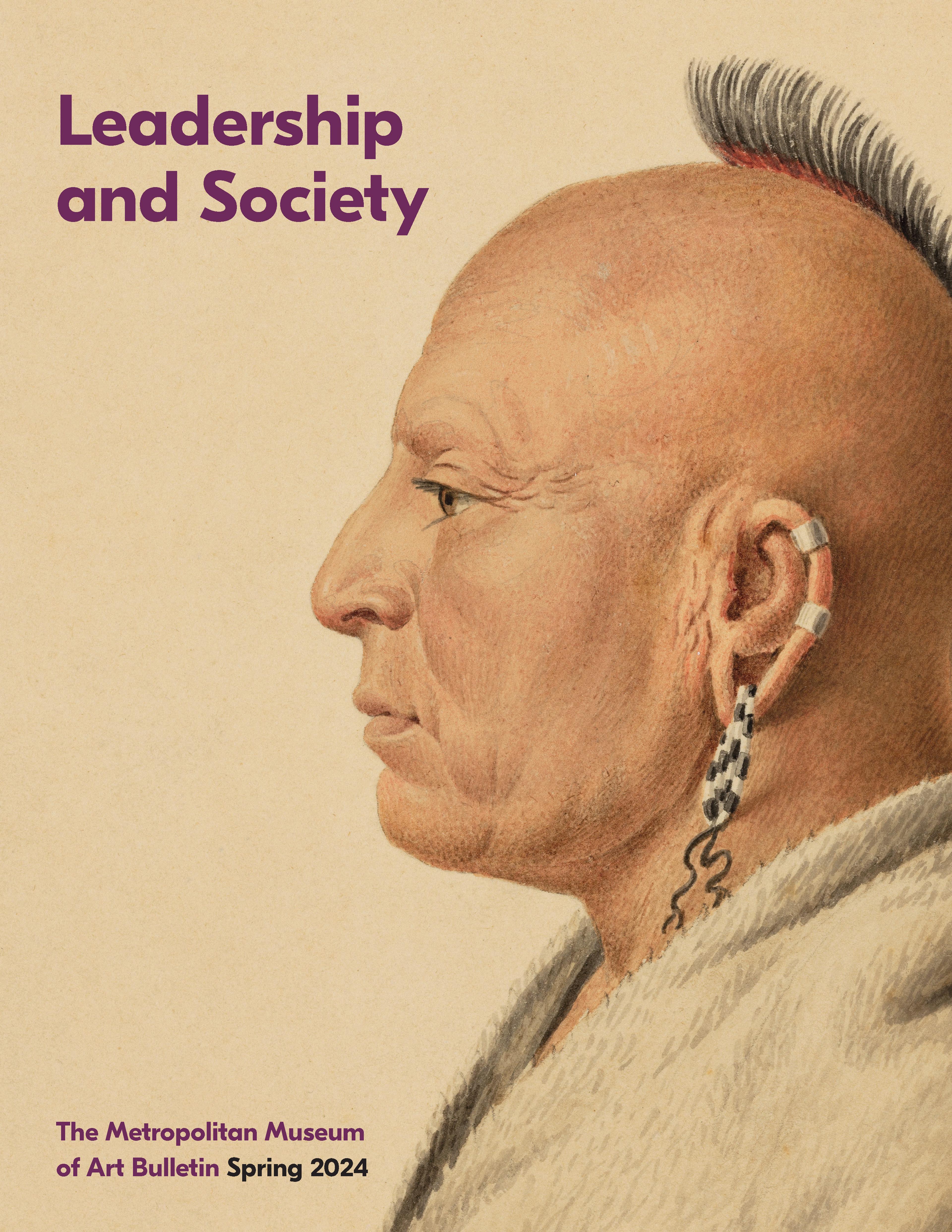False Door of the Royal Sealer Neferiu
Egyptians believed that the soul of the deceased could freely enter and exit the tomb through a "false door," which was characterized by a recessed surface with a symbolic entrance in the center. By the early Middle Kingdom, the false door design was combined with other elements on rectangular stelae. This First Intermediate Period monument exemplifies the beginning of that process. The texts inscribed on the jambs flanking the double door proclaim the owner’s good deeds and accomplishments.
Artwork Details
- Title:False Door of the Royal Sealer Neferiu
- Period:Old Kingdom–First Intermediate Period
- Dynasty:Dynasty 8–11
- Date:ca. 2150–2010 B.C.
- Geography:From Egypt; Probably from Northern Upper Egypt, Dendera area
- Medium:Limestone, paint
- Dimensions:H. 115.5 cm (45 1/2 in.); W. 67.3 cm (26 1/2 in.); D. 12.6 cm (4 15/16 in.)
- Credit Line:Gift of J. Pierpont Morgan, 1912
- Object Number:12.183.8
- Curatorial Department: Egyptian Art
Audio
3275. Funerary Stela of the Royal Sealer Neferiu
0:00
0:00
We're sorry, the transcript for this audio track is not available at this time. Please email info@metmuseum.org to request a transcript for this track.
More Artwork
Research Resources
The Met provides unparalleled resources for research and welcomes an international community of students and scholars. The Met's Open Access API is where creators and researchers can connect to the The Met collection. Open Access data and public domain images are available for unrestricted commercial and noncommercial use without permission or fee.
To request images under copyright and other restrictions, please use this Image Request form.
Feedback
We continue to research and examine historical and cultural context for objects in The Met collection. If you have comments or questions about this object record, please contact us using the form below. The Museum looks forward to receiving your comments.
